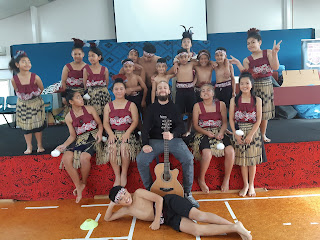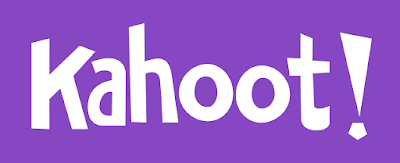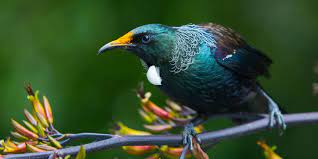Challenge One (2021)
Create a digital pepeha. You may need to gather information from your whanau in order to complete this challenge.
What is a pepeha?
A pepeha is a way to introduce yourself. It is part of a mihi (a formal speech). You explain where you come from
by looking back in time and connecting with your mountain, river, canoe and family.
It is important to begin and end with a greeting. You can begin with Tēnā koutou katoa. (Greetings to you all) and you can end with Nō reira, tēnā koutou, tēnā koutou, tēnā koutou katoa. (Therefore, greetings,
greetings, greetings).
Basic template
Tēnā koutou katoa.
Ko ________Tōku maunga (mountain).
Ko________Tōku awa/roto/moana (river, lake or sea).
Nō ________ahau (I am from).
Ko _________Tōku kura (school).
Ko _________ingoa whānau (family name).
Ko __________Tōku matua (father).
Ko __________ Tōku whaea (mother).
Ko __________Tōku ingoa (your name).
Nō reira, tēnā koutou, tēnā koutou, tēnā koutou katoa.
Advanced template
If you are non-Maori some of these questions might be tricky to answer. Adjust as best as you can. Miss Pryde is available for questions and support.
Tēnā koutou katoa.
Ko _________ Tōku maunga (mountain).
Ko ____________Tōku awa/roto/moana (river, lake or sea).
Ko ____________Tōku waka (canoe).
Ko ____________Tōku iwi (tribe).
Ko ____________Tōku hapū (sub-tribe).
Ko ____________ Tōku marae.
No ____________ ahau (I am from)
Kei
____________ Tōku kainga
inaianei (I am now from).
Ko ____________ Tōku kura (school).
Ko _____________Tōku ingoa whānau (family name).
Ko ____________Tōku matua (father).
Ko _____________Tōku whaea (mother).
Ko ______________Tōku ingoa (your name).
Nō reira, tēnā koutou, tēnā koutou, tēnā koutou katoa.































